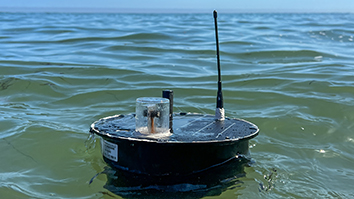Citation
Michalchik, V., Rosenquist, A., Kozma, R., Kreikemeier, P., Schank, P., & Coppola, B. (2008). Representational resources for constructing shared understandings in the high school chemistry classroom. In J. Gilbert, M. Nakhleh, & M. Reiner (eds.). Visualization: Theory and practice in science education, pp. 233-282. New York: Springer.
Abstract
This chapter reports on the use of representational resources within a computer-based environment, called ChemSense, to support high school chemistry students’ representational practices and their understanding of key chemical concepts. In designing ChemSense, we hypothesized that it would provide students with symbolic resources they could use to jointly construct representations of observable physical phenomena and to explain these phenomena in terms of underlying chemical entities and processes. This study examines the role that these representational resources play in supporting students’ representational practices and their emerging chemical understanding. To elucidate how ChemSense supports the development of representational practice and chemical understanding, we provide an analysis of students’ conversation while they use ChemSense in the laboratory. Our findings indicate that students use ChemSense to construct their shared understanding of chemical phenomena in a common representational space. Their representations serve as key symbolic resources in students’ collaborative efforts to generate coherent explanations of the phenomena they are investigating. On the basis of our analysis we conclude that when using representational resources as part of collaborative investigations, the nature of students’ conversation becomes more ‘chemical’ and students deepen their understanding of the molecular nature of physical phenomena that have, as a result, become chemical.


